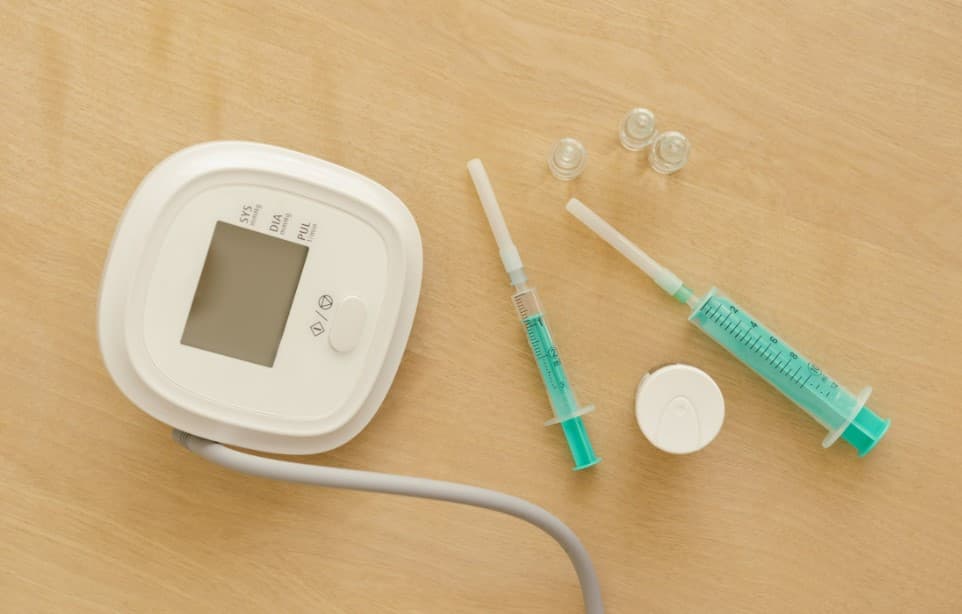What was the challenge or problem to solve?
Insulin pumps are medical devices that allow continuous and accurate insulin delivery to people with diabetes. However, many patients are dissatisfied because they have experienced incidents when using a device that is considered ‘safe’. What is wrong with the insulin pump delivery system and how can the user experience and safety of this method be improved?
The challenge of the project was to find common user faults that could be the cause of device malfunction.

With the solutions provided by INFINITIA’s strategic design team, it was possible to optimise the insulin pump delivery system, guaranteeing proper use of the device and improving the quality of life of patients.
This project was a success because we were able to identify the common interaction problem of users and offer an innovative and effective solution.

In order to understand how an injection pump should be installed and what the most important technical requirements were, a functional analysis of the product was carried out. For this purpose, experts in the field were consulted. In addition, user research and a user review were carried out to find out the general opinions of users on different factors related to the use of the insulin pump.
We then observed how users applied insulin pumps in person, using a sequence of use analysis. To do this, an internal user dashboard tool was used to record the steps, movements and positions users took when inserting the device. This data was then analysed to identify the most common and incorrect actions committed by users.
The reasons for user dissatisfaction and incorrect pumping positions were then validated through an in-depth user study. For this purpose, the internal IUtest tool was used again, which facilitated the recruitment of users who used this device and who were interviewed and surveyed in depth.
Finally, different solutions were proposed to improve the user experience and safety of the insulin pump delivery system through a proposal for improvement. These solutions were based on the observations and findings that had been obtained throughout the process, both with users and with the analyses.

